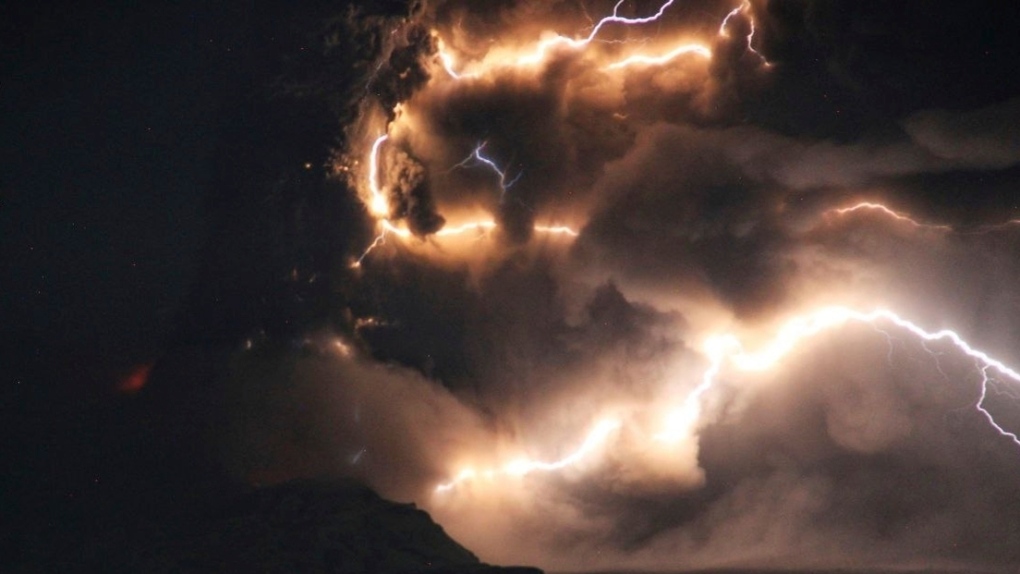SEOUL, South Korea - North Korea made headlines once again on Monday morning by firing multiple short-range ballistic missiles into its eastern waters, according to reports from neighboring countries. The timing of these missile tests comes just days after the conclusion of joint military drills between South Korea and the United States, drills which North Korea views as a rehearsal for invasion. This recent round of missile launches marks the first known missile testing activity by North Korea in approximately a month.
Analysts had previously anticipated that North Korea would continue its missile tests and ramp up its aggressive rhetoric leading up to the U.S. presidential election in November, in an effort to strengthen its position in future diplomatic negotiations. Japanese Prime Minister Fumio Kishida confirmed the missile launches, stating that North Korea had fired "a number of" ballistic missiles into waters that lie between the Korean Peninsula and Japan. Thankfully, the missiles fell outside of Japan's exclusive economic zone and there were no reports of damage or injuries resulting from the launches. The Japanese Defense Ministry reported that North Korea launched three missiles in total, with two being fired simultaneously at 7:44 a. m. and the third following about 37 minutes later. These missiles traveled a distance of approximately 350 kilometers at a maximum speed of 50 kilometers per hour. Prime Minister Kishida strongly condemned North Korea's ongoing ballistic missile tests, characterizing them as threats to the peace and security of Japan, the region, and the international community at large. He emphasized that Japan had lodged a formal protest against North Korea for violating UN Security Council resolutions that prohibit the country from engaging in ballistic activities. Meanwhile, South Korea's military reported that they had also detected multiple suspected short-range ballistic missile launches by North Korea on Monday morning. In response, the South Korean military heightened its surveillance efforts and maintained close coordination with the United States and Japan. The recent missile tests occurred after North Korean leader Kim Jong Un oversaw a series of military training exercises during the South Korea-U.S. military drills, which concluded last week. While North Korea refrained from conducting missile tests during the joint exercises, experts believe that the regime will continue to pursue its goals of developing nuclear-capable missiles capable of targeting the U.S. mainland and its allies. Prior to Monday's launches, North Korea's most recent missile tests took place in mid-February, when the country fired cruise missiles into the sea. Tensions on the Korean Peninsula have remained high in the wake of North Korea's continued missile tests, many of which have involved nuclear-capable missiles aimed at South Korea and the U. S. mainland. In 2022 alone, North Korea has conducted six rounds of missile tests, sparking concerns among experts about the country's strategic objectives. Analysts suggest that North Korea is likely seeking to bolster its weapons arsenal in order to gain leverage in future diplomatic negotiations with the United States, with the ultimate goal of securing sanctions relief while maintaining its nuclear capabilities. Heightened worries about North Korean military activities have arisen following Kim Jong Un's declaration in a January speech that the country would revise its constitution to eliminate the pursuit of peaceful unification with the Korean Peninsula and instead designate South Korea as its "invariable principal enemy." Kim further stated that North Korea would seek to annex and subjugate South Korea in the event of another war. While the possibility of limited provocations along the border between North and South Korea remains, experts believe that a full-scale attack by North Korea is unlikely due to the overwhelming military advantage held by the U.S. and South Korean forces. It is worth noting the report from Associated Press writer Yuri Kageyama in Tokyo for contributing to this report along with Yamaguchi's account from Tokyo.North Korea launches multiple short-range ballistic missiles
 6 months ago
2711
6 months ago
2711
- Homepage
- World News
- North Korea launches multiple short-range ballistic missiles
Related
Russia experiences volcanic eruption following 7.0 magnitude...
1 month ago
2057
China Metro Stations Buzz with Personalized Ads as Operators...
1 month ago
2014
Accused Mastermind of 9/11 Attacks, Khalid Sheikh Mohammed, ...
1 month ago
2301
Trending in United States of America
Popular
Nokia Reaches 5G Patent Agreement with Vivo After Lengthy Le...
7 months ago
26048
Apple's Upcoming Tablet Lineup: iPad Air to Introduce Two Si...
9 months ago
25976
Xiaomi's First Electric Car, the SU7 Sedan, Enters the EV Ma...
8 months ago
25364
The European Parliament's Bold Move to Combat Smartphone Add...
9 months ago
25312
Unveiling ChatGPT's New 'Memory' Feature Revolutionizing Use...
7 months ago
25212
© OriginSources 2024. All rights are reserved








 English (US)
English (US)